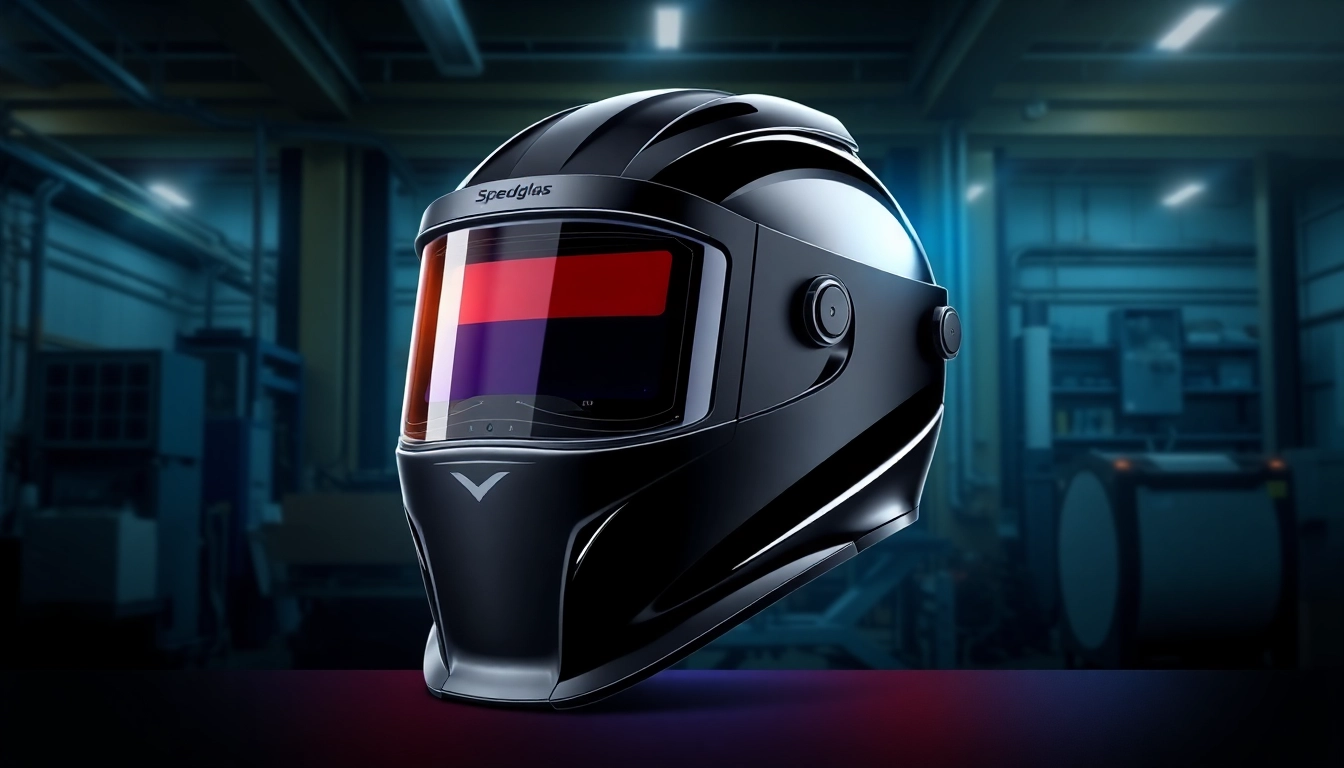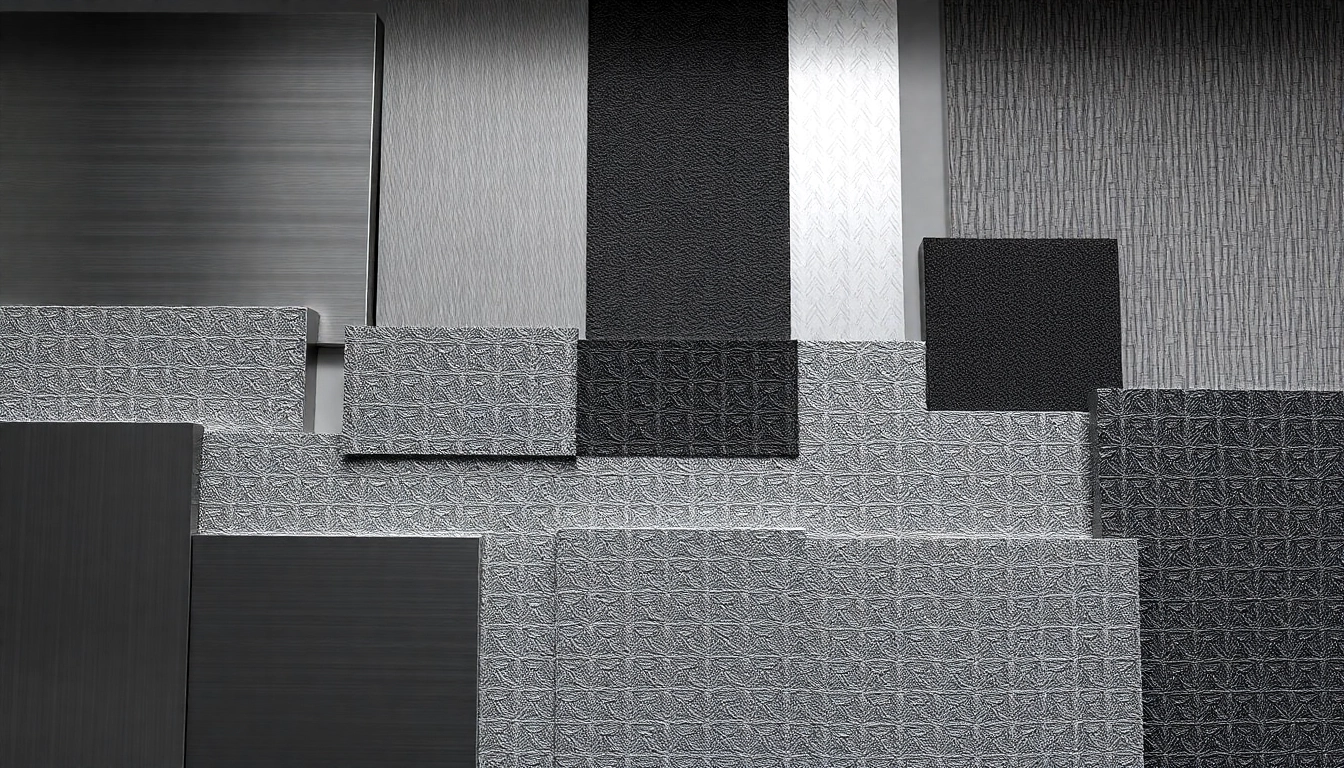Understanding Speedglas Welding Helmets
Welding safety is paramount in any industrial setting, and the speedglas range of helmets have become a staple among welders for protecting against hazardous light and particulate exposure. No longer are welding helmets mere protective gear; they now integrate advanced technology that enhances both safety and productivity in the workplace.
What Makes Speedglas Unique?
The Speedglas helmets are designed specifically for professional welders, incorporating unique features that set them apart from traditional helmets. Among these notable aspects are:
- Auto-Darkening Filters: These filters automatically adjust the shade in response to the brightness of the welding arc, providing optimal visibility and eye protection without the need for manual adjustments.
- Enhanced Optical Clarity: Speedglas helmets feature high-quality lenses that provide improved clarity and less distortion, which is essential for precise welding tasks.
- Ergonomic Design: Many users report that Speedglas helmets are lighter and more comfortable to wear for extended periods, addressing a common pain point among welders.
Features and Benefits of Speedglas Helmets
Speedglas welding helmets come packed with features designed to maximize user safety and comfort. Here are some of the primary benefits:
- User-Adjustable Settings: Many models allow users to customize sensitivity and delay settings, making them versatile for various welding techniques.
- Integrated Respiratory Protection: Some models, such as the Speedglas G5-01, combine helmet protection with respiratory systems, reducing inhalation risks from fumes and particulates.
- Durability: Built to withstand harsh industrial environments, Speedglas helmets are made from high-quality materials that resist wear and tear, ensuring a long service life.
Comparing Speedglas to Other Brands
While welding helmets are offered by numerous brands, Speedglas stands out for several reasons:
- Innovation: Speedglas helmets often lead in terms of industry innovations, continuously incorporating feedback from professional welders to enhance usability and safety.
- Performance: Compared to competitors, many users find the performance of Speedglas helmets superior due to better optical clarity and advancements in auto-darkening technology.
- Service and Support: 3M, the parent company of Speedglas, provides comprehensive support, ensuring customers have reliable access to service and parts.
Choosing the Right Speedglas Helmet
Choosing the appropriate Speedglas helmet depends on various factors, including the type of welding you perform, your environment, and personal comfort. This guide outlines essential elements to consider when selecting your helmet.
Speedglas Helmet Types and Models
Speedglas offers a variety of models, each catering to specific needs:
- G5 Series: Aimed at professionals, this series features advanced optics and integrated respiratory protection, making it suitable for demanding environments.
- 9100 Series: Known for its auto-darkening capabilities, this series is ideal for both MIG and TIG welding, providing flexibility for various techniques.
- 100 Series: An entry-level option that still offers auto-darkening features, perfect for hobbyists or occasional welders.
Factors to Consider When Buying
When selecting a Speedglas helmet, consider the following:
- Welding Type: Different welding processes like MIG, TIG, or Stick may require different helmet features.
- Comfort: Look for features like adjustability, weight, and padding to ensure comfort during extended use.
- Budget: Prices can vary significantly, so outline your budget while factoring in the importance of safety and durability.
Tips for First-Time Buyers of Speedglas
Here are some tips that can help first-time buyers make the right choice:
- Try them on: If possible, try helmets to find the best fit; comfort is crucial.
- Research: Understand the features and benefits specific to the model you consider.
- Compare warranties: Look for helmets that offer robust warranty options, which can reflect the manufacturer’s confidence in their product.
Using Speedglas Helmets Effectively
Maximizing the potential of your Speedglas helmet involves more than just wearing it; it requires understanding how to adjust and maintain the equipment properly.
How to Adjust Your Speedglas Helmet
Proper adjustments can enhance your welding experience significantly:
- Strap Adjustment: Ensure the straps cradle your head comfortably without excessive tightness to allow airflow.
- Lens Settings: Adjust the auto-darkening settings to align with your welding environment and technique.
- Respiratory Integration: For models with respiratory systems, ensure fittings are secure and properly adjusted for efficient operation.
Maintaining Your Speedglas Helmet for Longevity
Regular maintenance is vital for extending the life of your helmet:
- Cleaning: Regularly clean the outer and inner surfaces with non-abrasive materials to prevent scratches.
- Storage: Store helmets in a protective bag or case to prevent damage when not in use.
- Inspecting Components: Regularly check for wear or damage, particularly to the lenses and any seals, and replace them as necessary.
Common Mistakes to Avoid with Speedglas Helmets
To utilize Speedglas helmets effectively, avoid common pitfalls:
- Neglecting adjustments: Always ensure your helmet is properly adjusted before starting a job.
- Forgetting maintenance: Skipping routine cleaning or inspection can lead to decreased visibility and functionality.
- Using inappropriate models: Ensure the model suits your specific type of welding to maximize safety and performance.
Safety Standards and Compliance
When it comes to welding helmets, adhering to safety standards is crucial for protecting workers from potential hazards. Compliance with regulations like those set forth by OSHA is a key consideration for both employers and employees.
OSHA Regulations Related to Welding Safety
The Occupational Safety and Health Administration (OSHA) sets stringent standards that necessitate protective measures for welders. These regulations dictate various aspects of welding safety that impact the choice of equipment and practices:
- Personal Protective Equipment (PPE): Employers must provide adequate PPE, including helmets, gloves, and respiratory protection.
- Noise and Ventilation: Helmets must be part of a comprehensive strategy addressing noise and ventilation issues present in welding environments.
- Training: Workers must be trained in the proper use of welding equipment and PPE, promoting a culture of safety.
How Speedglas Meets Industry Standards
Speedglas helmets are designed to comply with relevant safety standards, ensuring that they:
- Meet the ANSI Z87.1 standard for eye and face protection.
- Satisfy requirements for respiratory protective measures in specific models.
- Reflect feedback from industry professionals to refine safety features.
The Importance of Certification for Welders
Certification enhances the credibility and reliability of welders. As welding can involve complex processes and materials, ensuring that certified professionals are on the job can prevent injuries and improve quality. Certification requires:
- Demonstrated skills and knowledge in welding techniques relevant to the workplace.
- Understanding safety regulations and employing proper practices in hazardous working environments.
- Continued education to stay updated with evolving industry standards.
Customer Testimonials and Case Studies
Real-world experiences from users can provide valuable insights into the effectiveness and reliability of Speedglas helmets. These stories demonstrate how these helmets contribute to enhanced safety and productivity.
Real Experiences from Speedglas Users
Many professionals rave about their experiences using Speedglas helmets:
“Switching to a Speedglas helmet was a game changer for my welding experience. The auto-darkening feature allows me to work seamlessly without interruptions, and the comfort means I can wear it all day without fatigue.” – John, Industrial Welder.
Case Study: Efficiency Gains with Speedglas
A welding company that transitioned to using Speedglas helmets saw a marked improvement in efficiency. After implementing a training program and transitioning to these helmets, production rates improved by 15%, largely attributed to less downtime during welding procedures and improved operator comfort.
Future Innovations Expected from Speedglas
As the industry evolves, Speedglas continues to innovate. Upcoming models are expected to integrate even more advanced technology, such as:
- Smart Helmets: Utilizing IoT for real-time data tracking and performance monitoring.
- Augmented Reality (AR) Displays: Providing welders with overlays of instructions and safety metrics as they work.
- Enhanced Customization: Allowing individual adjustments for multiple welding applications without the need for multiple helmets.



